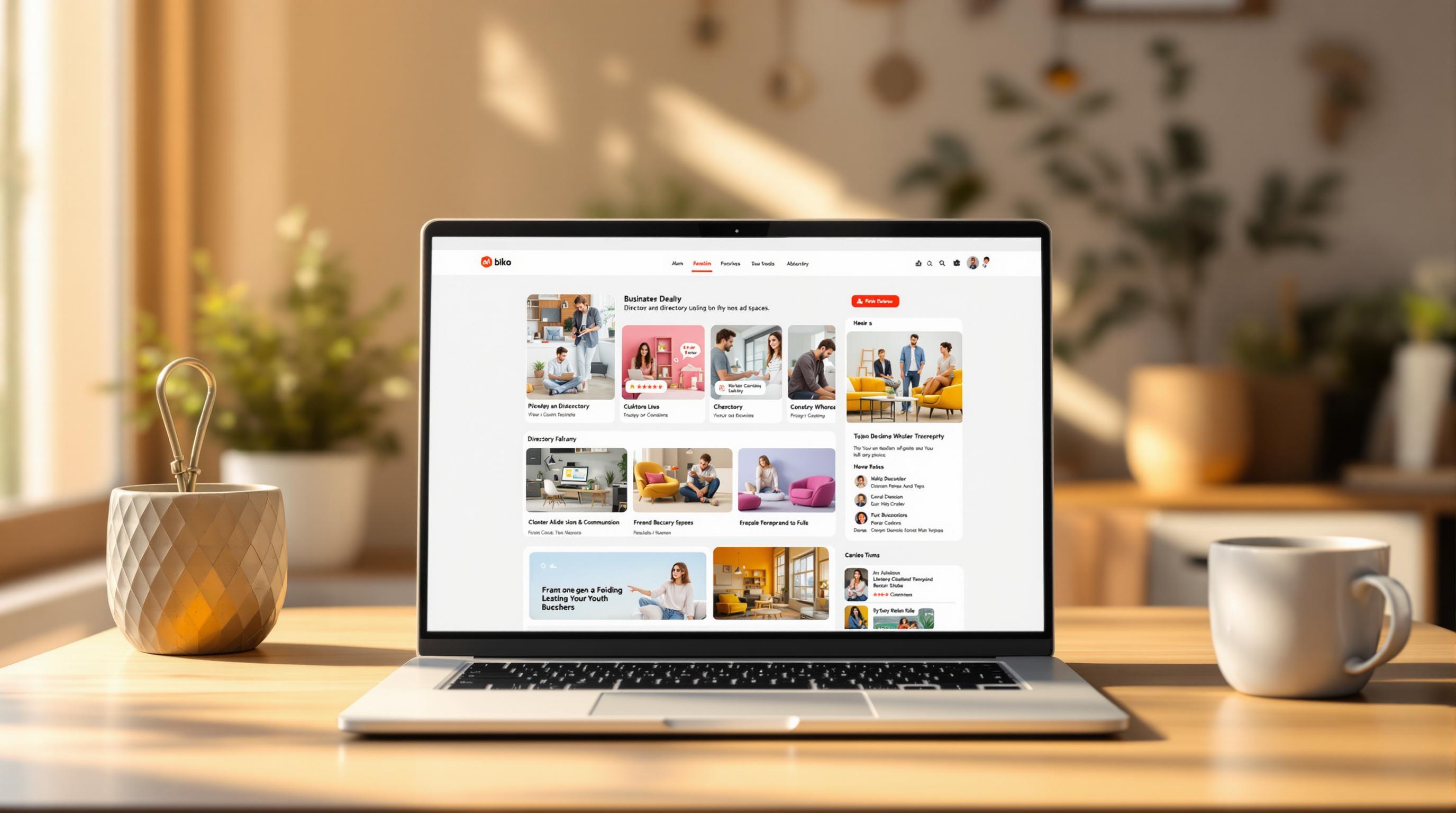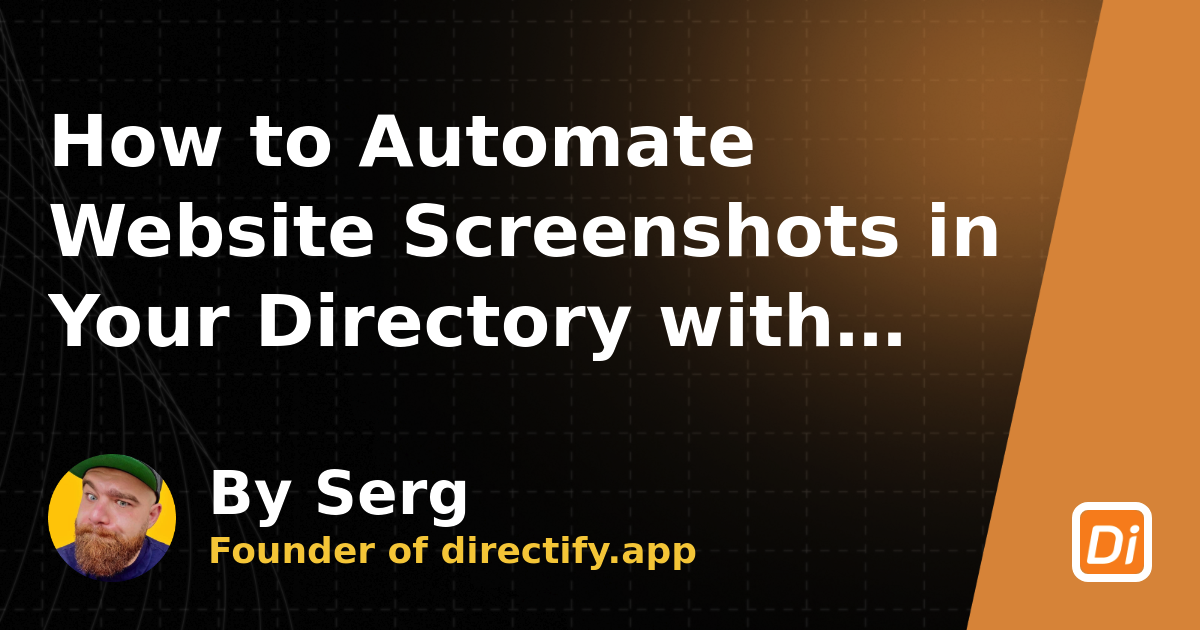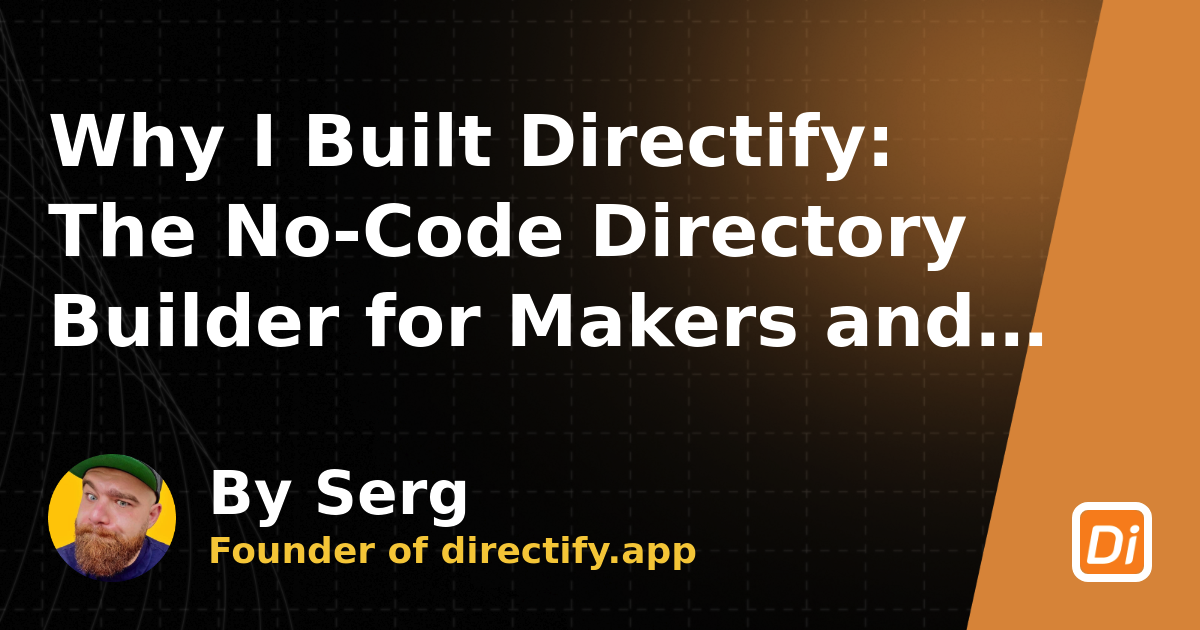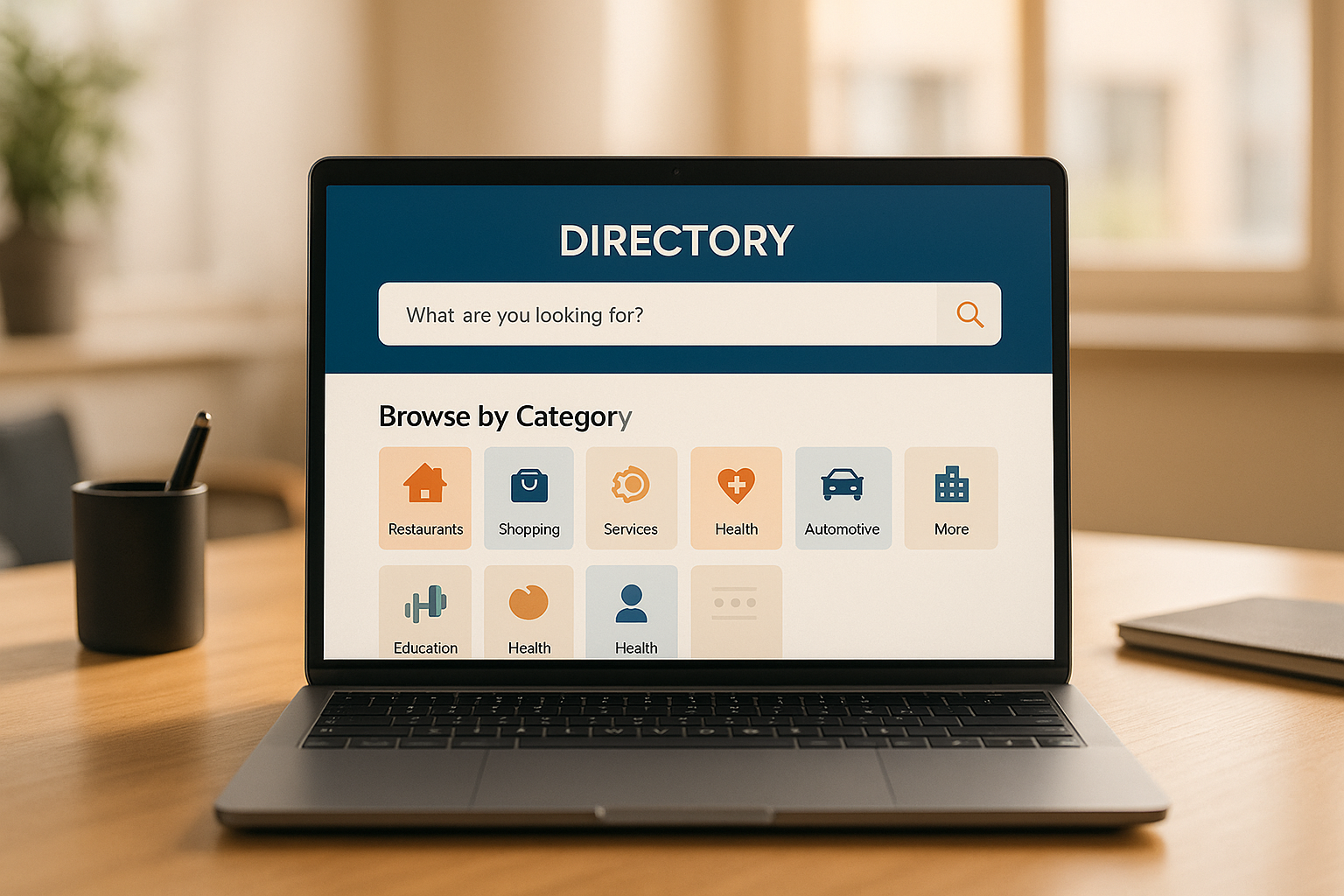
Here are 7 ad placement strategies that boost revenue while keeping your site user-friendly:
Each method balances monetization with a smooth user experience. Start small, test placements, and analyze performance to find what works best for your audience.
Position your top banner ads right below the navigation menu. This grabs attention while keeping the navigation clear and user-friendly.
Make sure these ads are mobile-friendly to improve user experience and support your SEO efforts. Tools like Directify's mobile-focused features can help ensure your ads perform well on smaller screens.
Well-optimized banner ads can influence your directory's search rankings and lay the groundwork for successful monetization as you incorporate other ad placements.
Sidebar ads keep advertisers visible while users explore your listings. They stay in view, offering consistent exposure without pulling attention away from your content. This setup allows for smooth ad placement that doesn’t disrupt the browsing experience.
When adding sidebar ads, make sure they blend naturally with your site’s design. A well-balanced layout ensures that ads enhance, rather than overwhelm, the user experience. Also, ensure these ads look great on both desktop and mobile for a seamless experience across devices.
Directify makes it easy to implement sidebar ads with its built-in SEO tools and customizable themes, helping you attract more traffic effortlessly.
In-listing ads are a smart way to monetization features your directory while keeping the user experience intact. These ads are placed directly within directory content - between listing details or at natural breaks - so they blend in and don’t feel disruptive.
In 2024, several directories built with Directify saw success using this approach [1]:
These examples show how relevant ads can improve user engagement.
Here are a few ways to make in-listing ads work effectively:
The key to success is keeping ads relevant. When ads align with the category and user interests, they feel more like helpful resources than interruptions. For instance, a directory focused on SEO tools could feature ads for SEO services or digital marketing solutions.
Directify makes it easy to implement this strategy. Their platform allows for precise ad placement, ensuring ads match your site’s branding with consistent fonts, colors, and styles.
Sponsored search results help generate revenue by giving advertisers prime visibility in targeted searches. Listings should be labeled as "Sponsored" to keep things transparent and maintain user trust. This method works well alongside other ad placements, ensuring revenue growth without disrupting the user experience.
Key Tips for Success:
Best Practices for Advertisers:
Directify simplifies this entire process with its built-in paid submissions system, which automates payment handling and listing management. Plus, its SEO tools enhance visibility for both sponsored and organic listings, ensuring maximum exposure.
Category-specific ads zero in on user intent, increasing engagement and offering real value to both advertisers and users. These ads work seamlessly with your broader monetization strategy, complementing the placement techniques we've already covered.
Where to Place These Ads
Keeping Ads Relevant
The key to success is relevance. For example, in a real estate directory, you might place mortgage broker ads in the "Residential Properties" section and commercial lending ads in the "Commercial Properties" section. This ensures users see ads that match their needs.
Why Advertisers Benefit
Tips for a Smooth Rollout
Drilling Down Further
Take it a step further with subcategory targeting. For instance, in an automotive directory, advertisers could focus on specific car models or price ranges to make their ads even more relevant.
With tools like Directify's analytics, you can track performance in detail, helping you adjust placements and pricing for the best results. This approach not only strengthens your monetization efforts but also gives advertisers valuable insights to improve their campaigns.
Bottom page ads are a smart way to reach users who are deeply engaged with your content. The key is to integrate these ads in a way that complements the browsing experience without being intrusive.
Consider formats like fixed footers, expandable banners, or native ad units that align with your site's style. The trick is to make ads noticeable but not overwhelming, keeping them visually distinct from your main content while maintaining your site's overall design.
To improve performance, use techniques like progressive loading to speed up page load times and ensure ads are responsive across devices. Testing various placements and formats can give you insights into what works best for your audience.
You can also time ads based on user behavior. For example, trigger ads only after visitors have interacted with your site, increasing the chances they'll engage with the ad.
Full-screen transition ads, also known as interstitial ads, provide a dynamic way to generate revenue on directory sites. These ads appear during natural transitions, such as moving between listings or categories, creating a seamless opportunity to engage users without disrupting their experience.
Here are some key tips for using these ads effectively:
Best times to display these ads include:
To maximize their impact, preload ads and match their content to the user's activity. Keep an eye on metrics like bounce rates and time spent on the site to fine-tune when and how often these ads appear.
For directory sites powered by Directify, full-screen transition ads can boost both engagement and revenue. The platform supports flexible ad placements across professional service directories and company listings [1].
Advanced techniques to consider:
These ads can be an effective part of your monetization strategy while keeping user satisfaction intact.
Maximizing revenue on directory websites comes down to smart ad placement and maintaining a user-friendly experience. The seven strategies outlined earlier highlight how to position ads effectively while keeping users engaged.
To make these strategies work, focus on:
Modern tools can make this process easier. For instance, Directify offers features like built-in paid submissions and customizable themes to streamline ad monetization.
Some tips to keep in mind:
Start creating your professional directory website today with Directify's no-code platform.
Get Started Free





